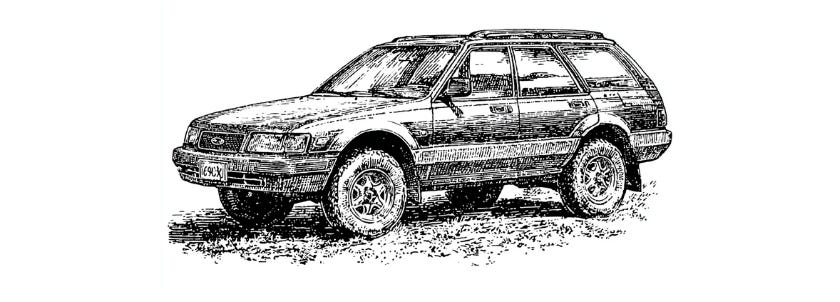Midlife Fatigue
Why you’re exhausted even when nothing looks wrong
There’s a kind of tired that shows up in your late 30s and early 40s that doesn’t respond to sleep, caffeine, or a day off. It’s not soreness. It’s not burnout. It’s not “getting older.”
It’s the kind of tired that lingers under everything — even when your bloodwork is normal, your sleep tracker says “good job,” and nothing on the surface is wrong.
This year, at 44, there have been more mornings than I expected where I woke up just like that. Not sick. Not overwhelmed. Not injured. Just tired in a way I couldn’t justify.
And it brought up the same question I hear from so many midlife athletes:
“Is this the kind of tired that movement will fix… or the kind that movement will make worse?”
When you’re younger, fatigue is simple. You’re either rested or you’re not.
In your late 30s, 40s, and 50s, the sensation is the same, but the source keeps changing. Some days, movement gives you energy. Other days, the same workout wipes you out.
What makes it confusing is that the tired you feel now rarely comes from your body alone. It comes from your life.
And that’s the part no one prepares you for.
Many of you reading this drive Subarus — yes, I know my audience 🌲.
Subarus are built to take on real life: windy roads, weather, long miles, and unpredictable terrain. Some of them even make it to 500,000 miles or more (“to the moon and back”).
But even the most reliable Subaru feels different after years of continuous use.
Not worse. Just lived in.
The miles matter. The conditions matter. The terrain matters.
You can take great care of a Subaru — follow the maintenance schedule, stay proactive, keep it serviced — and it will still drive differently than it did at 20,000 miles. Not because something is wrong, but because it’s been through things.
Your body is the same.
Midlife fatigue isn’t breakdown.
It’s accumulated life — the responsibilities, stress cycles, decisions, emotions, hormonal shifts, parenting, work demands, aging parents, early mornings, late nights, and the invisible mental load stacked on top of all of it.
Eventually your body says the quiet part out loud: “The terrain has changed.”
Once I stopped fighting that reality, things got simpler.
I quit asking, “Am I tired? Am I unmotivated? Am I lazy?” and started asking a more useful question:
“What’s actually draining me?”
Midlife fatigue is rarely one thing. Sometimes it’s physical. Sometimes it’s hormonal. Sometimes it’s the weight of your life. The real issue is that we blur them together — and then guess.
When I understood that, everything got easier to interpret. I stopped trying to push through every kind of tired the same way, and I stopped assuming rest would magically solve it. Instead, I started paying attention to which part of me was actually drained:
my muscles
my nervous system
my stress load
my emotional bandwidth
my hormones
or my sleep debt
Each one needs something different, and when you respond to the wrong source, that’s when midlife fatigue snowballs.
So I started matching my training to the type of tired I was actually feeling.
If my muscles were tired, I trained light and slow.
If my mind was tired, I trained short and focused.
If my life was tired, I trained just enough to feel grounded again.
That shift gave me back a sense of control. Fatigue stopped feeling mysterious and started feeling readable.
And it’s something you can do immediately:
Pause before you plan your next workout, ask yourself what’s actually depleted, and let that guide your session.
It sounds simple, but it’s the foundation of sustainable strength in midlife — spending your energy intentionally instead of burning it by accident. Because sustainable midlife fitness isn’t about “crushing it” all the time; it’s about spending your energy smarter and knowing when you’re burning fuel you don’t actually have.
On Friday, I’m sharing something that builds on this idea: The Midlife Energy Budget — the simple system I use to understand where my energy is really going each week, and how I plan training in a way that adds to my life instead of subtracting from it.
Free subscribers will get a preview. Paid subscribers get the full system.
Remember, movement is freedom.
Thanks for reading,
-Marek



